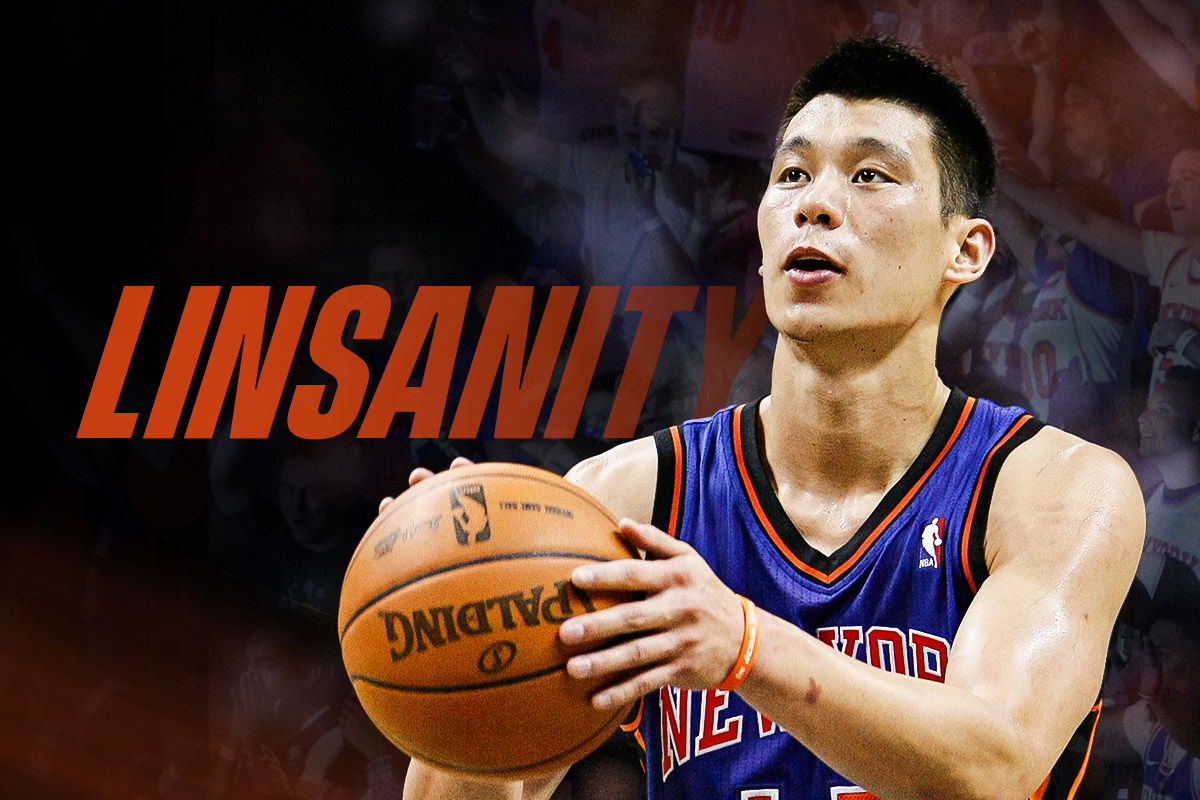
Imago
credits: Imagn

Imago
credits: Imagn
“I will forever be the kid who felt fully alive every time I touched a basketball.”
Watch What’s Trending Now!
Those words from Jeremy Lin snap me right back to February 2012, like it was yesterday. New York was frozen, the Knicks were collapsing, and Madison Square Garden felt like a tomb. Nobody outside that building knew what was coming. Nobody knew the storm was about to change basketball forever. Then, Jeremy Lin walked onto the court. Harvard grad, undrafted journeyman, underestimated by everyone.
And in that moment… the NBA would never be the same.
ADVERTISEMENT
New York’s Number 17 ignited. For 11 straight games, Lin was a human spark plug, torching defenses and rewriting history in real time. He averaged 24.6 points, 9.2 assists, and 4.1 rebounds in that stretch, a stat line you don’t brush off unless you don’t understand what greatness looks like when it first arrives.
Because that stretch wasn’t hype, nor a fluke. It felt like a tectonic shift. Lin scored 136 points in his first five starts, the most by any player since the NBA-ABA merger in 1976. Not Jordan, not Kobe, not Johnson. But the-then ‘nobody’ Jeremy Lin. And let’s be honest, this wasn’t just a win for Asian-Americans, or for undrafted underdogs. This was a win for anyone who had ever been overlooked, doubted, or dismissed before they even had a chance.
Because from the moment Lin hit the court, the Knicks transformed overnight.
ADVERTISEMENT
So much so that the night before Lin dropped 38 points against the legend Kobe Bryant, Bryant didn’t even know of his game as he said, “Who is this kid? I’ve heard about him, but what’s he been doing?” And as the game wrapped, the commentators had no other choice but to say, “Linsanity continues here at Madison Square Garden… 4th in a row.”
Madison Square Garden erupted, and the media frenzy began. Lin’s ascendancy quickly reached Sports Illustrated covers, Time Magazine, and global news outlets. Asian-American kids from Los Angeles to Taipei suddenly saw themselves reflected in highlight reels.
ADVERTISEMENT
And as big a deal as it was in stats, it was an even bigger deal in emotion. Lin was directly breaking ceilings, shattering stereotypes, and proving the NBA’s traditional scouting lens was broken.
Lin jerseys flew off shelves not just in New York but across the globe. He even single-handedly made those jersey No. 1 in sales during that stretch, as per ESPN. In Taiwan and mainland China, stores struggled to keep his name in stock. Linsanity became a cultural movement and a merchandising juggernaut, all before the season even ended.

Imago
Image via Imagn
Teams across the league took notice, and scouts started to question their long-held biases. How could a Harvard grad, undrafted and overlooked, be performing at this level? Simple: they had been blind to his talent. Blind spots in talent evaluation, much? Absolutely. Rockets GM Daryl Morey admitted later that Lin’s metrics placed him around a 15th overall pick. Yet nobody drafted him. Why?
ADVERTISEMENT
Racial stereotypes had clouded judgment. Morey even once said of him on X that, “We should have kept @JLin7. Did not know he was this good. Anyone who says they knew misleading U.”
Lin’s first-step quickness ranked among the league’s elite, but traditional scouts just couldn’t see past his appearance. The result was a league-wide reckoning. Teams began implementing more advanced metrics, measuring agility, speed, and reaction time rather than relying solely on the “eye test.”
ADVERTISEMENT
Linsanity catalyzed a shift toward analytics in scouting, which is a shift that is still shaping roster construction today. He changed the way players, fans, and executives think about talent. Asian-American representation in professional basketball grew, international scouting expanded, and analytics departments became more sophisticated. Well, not entirely, though.
A decade later, Lin’s influence can be felt everywhere. From emerging talent inspired by his rise to corporations leveraging his global impact. Still, one reality has never taken a back seat, not even for him: racism.
“… I want better for the next generation of Asian American athletes than to have to work so hard to just be “deceptively athletic.” Being an Asian American doesn’t mean we don’t experience poverty and racism. Being a 9 year NBA veteran doesn’t protect me from being called “coronavirus” on the court…”
ADVERTISEMENT
Lin’s words cut deeper than box scores. They expose something the game itself couldn’t hide—the fight for dignity and equality. Which is why reducing his legacy to 11 magical games in 2012 misses the point. His career stretched far beyond that, both in impact and endurance.
The cultural and career legacy of Jeremy Lin
He carved out nine years in the NBA. Didn’t win a championship ring at MSG, but eventually earned the title with the 2019 Toronto Raptors. Sure, he wasn’t a Finals hero on the court, but his veteran presence and leadership carried weight in ways stats alone can’t measure.
ADVERTISEMENT
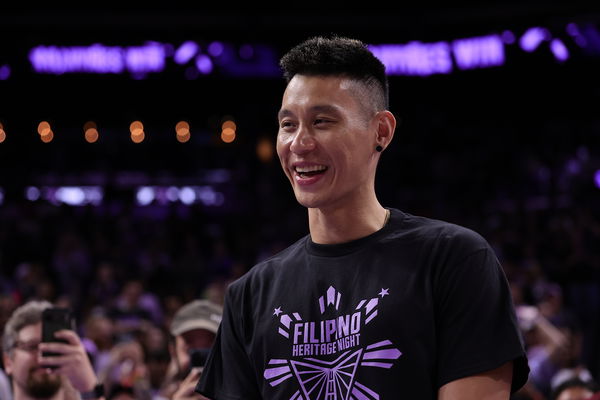
Imago
Aug 30, 2025; San Francisco, California, USA; Former NBA player Jeremy Lin on the court after the game between the Washington Mystics and Golden State Valkyries during the fourth quarter at Chase Center. Mandatory Credit: Kelley L Cox-Imagn Images
Lin’s legacy extends beyond the box score as he forced the NBA to rethink how it evaluates players, scouts globally, and celebrates diversity. And well, retirement doesn’t diminish that impact. Not even close. Lin’s farewell note was reflective and emotional as he wrote:
“I’ve lived out my wildest childhood dreams to play in front of fans all around the world. I will forever be the kid who felt fully alive every time I touched a basketball… This is a ride I never wanted to end but I know it’s time. I will forever miss playing basketball in front of you all but our time will go beyond just playing.”
ADVERTISEMENT
View this post on Instagram
It’s a statement that’s both personal and universal and even serves as a reminder that basketball is as much about heart and identity as it is about numbers. But perhaps the most underrated aspect of Lin’s legacy is the cultural conversation he sparked. Media, fans, and executives began discussing representation, racial biases, and merit-based evaluation in ways the league hadn’t seen before.
Top Stories
Lakers Duo Close to Luka Doncic, JJ Redick Ready to Bid LA Goodbye in Depth Trades – Insider
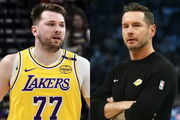
Did Zion Williamson Slide Into Sydney Sweeney’s DMs? Fact Checking the Viral Screenshot
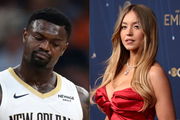
DiJonai Carrington Publicly Criticizes WNBA’s ‘Greedy’ CBA Approach While Addressing League’s Unrivaled Stance
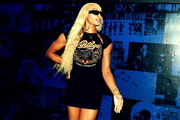
WNBA Responds to WNBPA Strike Authorization Vote With Official Statement
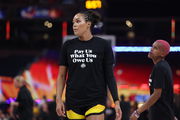
Calls Mount Against Dillon Brooks For ‘Intentionally’ Hurting Stephen Curry

Did you know?
| Metric | Figure/Details (according to a The Guardian Report) |
| Period covered | 19 March 2020-28 February 2021 |
| Total reported incidents across the USA | 3800 hate-related incidents |
| Verbal harassment/Name-calling | 68% of the incidents |
| Physical assaults | 11.1% of the incidents |
| Other forms of incidents documented | Vandalism, online harrasment, workplace discrimination, denial of services and more |
| Disproportion by gender | Women reported incidents 2.3 times more than men |
| states with the most reported incidents | California (1691 reported incidents), New Yrok (517 reported incidents) |
He leaves behind more than those 5567 points, 2042 assists, or highlight reels. He leaves a league fundamentally more aware, more data-driven, and more open to talent that defies conventional expectations. Because Linsanity was never just a sprint, right? It was a marathon, and the finish line is still unfolding across arenas and international courts. So, as we close the chapter on Lin’s playing days, let’s not forget what he built.
He gave fans a moment, the league a mirror, and players a blueprint.
From Harvard to Madison Square Garden, from Taiwan to Toronto, Jeremy Lin shattered expectations, rewrote narratives, and truly proved that in the NBA, sometimes the biggest impact comes from the most unexpected places, if only you give them a chance.
ADVERTISEMENT
ADVERTISEMENT
ADVERTISEMENT

